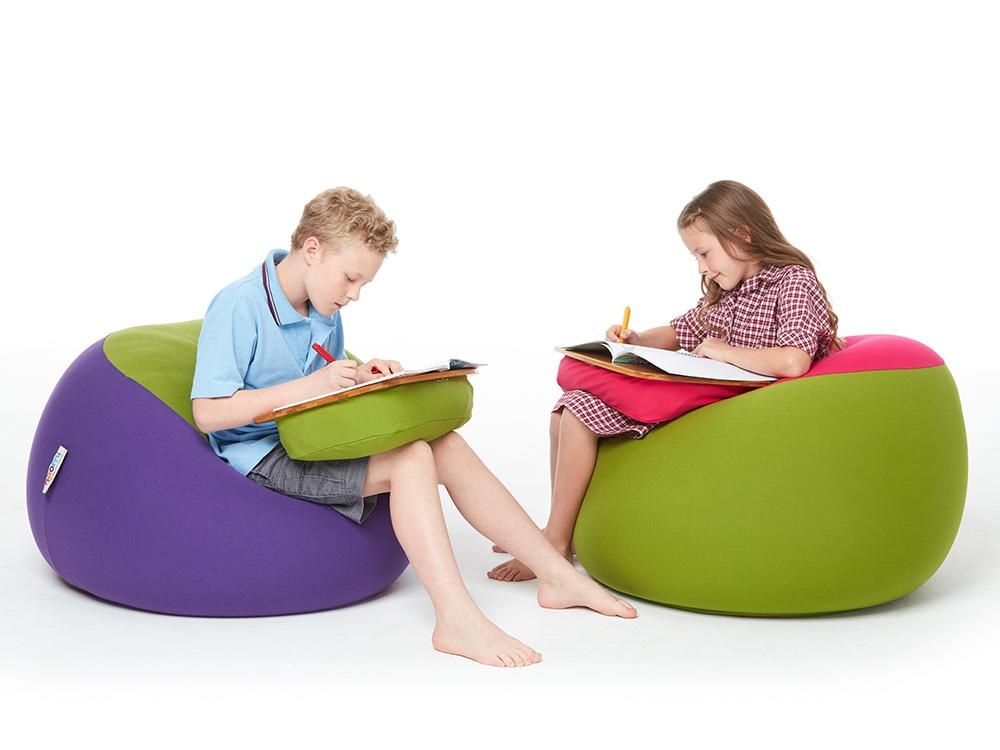October 22, 2022 2 min read

Kids can’t sit still in the classroom – but you probably shouldn’t stop them. Studies have shown that for every foot bounce and leg swing, students with (and often without) ADHD are actually stimulating their brain which improves their cognitive function, allowing them to better retain information.
In 2015, a study conducted by researchers at the UC Davis MIND Institute found that the hyperactivity seen in students with ADHD increases their arousal level which makes them more attentive – overall, improving their academic performance.
Professor of psychiatry and director of the UC Davis ADHD Program, Julie Schweitzer, said that restricting ADHD students who need to move in order to maintain cognitive function from moving could actually be limiting their academic potential.
"Parents and teachers shouldn't try to keep them still. Let them move while they are doing their work or other challenging cognitive tasks,” she said. “It may be that the hyperactivity we see in ADHD may actually be beneficial at times.”
With this in mind, telling students with ADHD to ‘sit still and pay attention’, is actually doing the exact opposite of what they’re asking the student to do. Rather, teachers are encouraged to accommodate for their movement in the classroom with activities and flexible furniture that allows them to wiggle and wobble as they please – without disrupting their classmates, of course.
Flexible furniture refers to furniture specifically designed to facilitate and encourage movement in the classroom. For example; sit/stand desking systems, wobble stools and exercise balls. When flexible furniture is implemented with a flexible desking and seating plan (a desking/seating system that allows students to choose where they would like to sit, with the core objective of reducing the amount of time they are sedentary) students with ADHD will not only reap the benefits, but so will everyone else.
Studies have shown that movement performed by any student activates their brain which improves their concentration and productivity levels, keeping them engaged throughout the day.
In fact, a 2016 Pediatrics study found that “PA [Physical Activity], especially physical education, improves classroom behaviours and benefits several aspects of academic achievement, especially mathematics-related skills, [and] reading.”
Though not all students are Kinesthetic learners, flexible desking and seating gives each student the option to choose a desk or seat that works best for them, so each student is receiving the best attention they need to maximise their academic performance.
So as research into the significance of enabling movement for students with ADHD continues to surface, classrooms should be adapted to suit not only their additional needs – but facilitate all students by creating a universal, flexible classroom that allows them to maximise their academic potential.
SOURCE: University of California - Davis Health System. “Movement in ADHD may help children think, perform better in school.” ScienceDaily. Science- Daily, 11 June 2015. <www.sciencedaily.com/releases/2015/06/150611082116.htm>.
Comments will be approved before showing up.